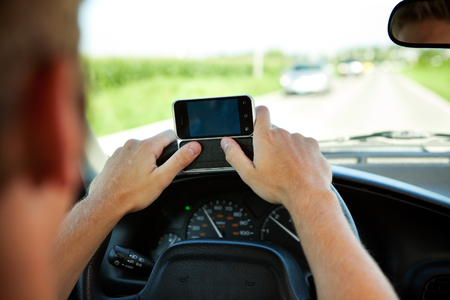One of the most common dangers on the road is not what you may expect. Distracted drivers are more and more prevalent these days, thanks to the ubiquity of mobile devices and other items that can impact a person’s ability to pay attention to the road.
According to the National Highway Traffic Safety Administration (NHTSA), over 424,000 people were involved in a collision because of a distracted driver. Even worse, about 10% of all traffic fatalities were directly related to this problem, meaning that it’s more important than ever to ensure that you’re not one of those statistics.
The Department of Transportation classifies distractions into three categories.
- Visual – your eyes are not on the road
- Manual – your hands are not on the wheel
- Cognitive – you’re not paying attention
Fortunately, we have some tips that may help you stay safe while out driving so that you don’t get involved in a crash or a fatal accident.
Don’t Use Your Phone!
All too often, people think that they can answer a phone call or a text while driving. Even if you’ve done it before, the risk is too high. All it takes is one second, and you could put your life in danger.
Don’t Eat and Drive!
If your hands are full of food, then they’re not on the wheel. Yes, eating on the go is part of modern life, but pull over and do it safely.
Don’t Program Your GPS While Moving!
Input your directions before you head out so that you’re not doing it while driving.
Don’t Get Involved in Road Rage!
If you find yourself getting angry at other drivers, find a method of relaxation to help you calm down. It’s not worth your life.
Overall, you should be focusing on one thing – driving. If you’re distracted, all it takes is one time to change your whole life. Don’t become a statistic.


